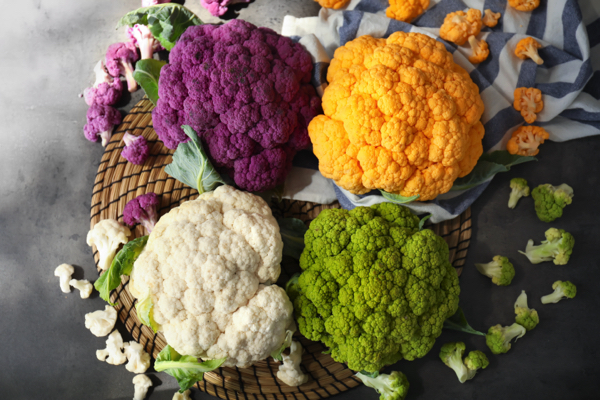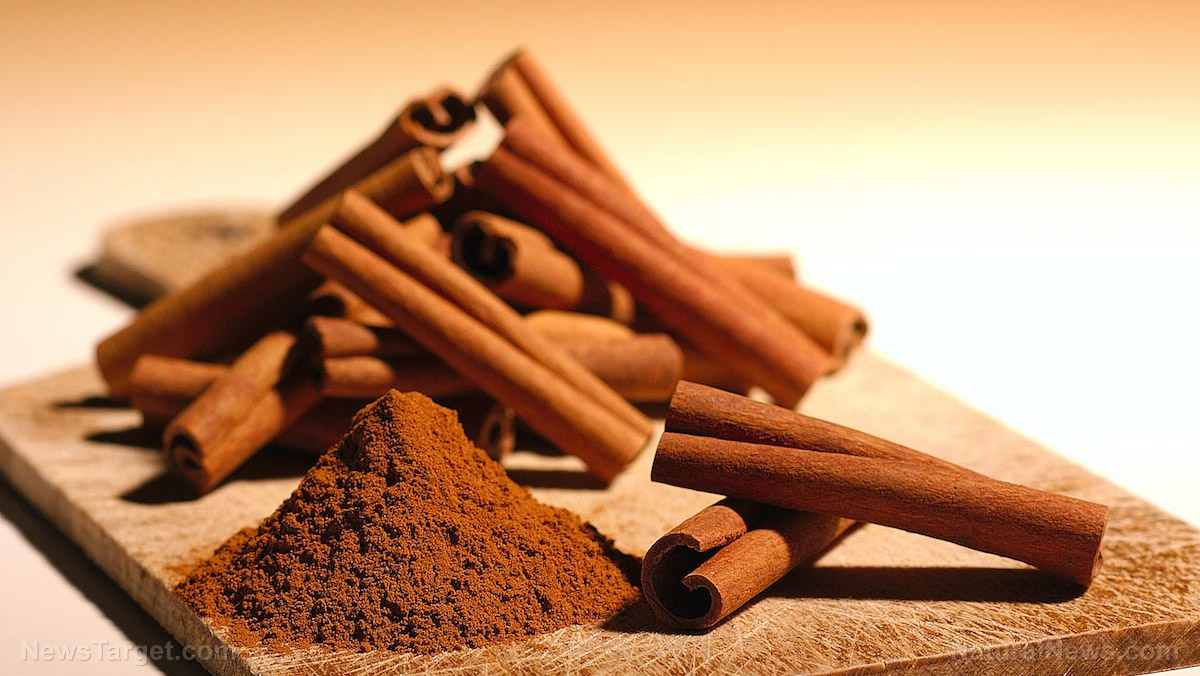Avoid toxic contaminants like microplastics in salt by switching to Pink Himalayan Salt
04/12/2024 / By HRS Editors

When cooking, you normally use salt to season your food without worrying about where it came from.
However, as a prepper, you need to make sure that the salt you use at home and keep in your pantry is always tested for heavy metals and free of various contaminants like microplastics. (h/t to Earth.com)
Study reveals table salt contains microplastics
A study conducted by researchers from Andalas University in Indonesia has raised valid concerns about the presence of microplastics in table salt. The findings were published in the Global Journal of Environmental Science and Management.
For the study, scientists analyzed 21 table salt brands. The results revealed that all the samples contained microplastics, including plastic fibers, films, fragments and pellets.
Research has suggested that these molecules are linked to health issues such as cancer, dementia, fertility issues and heart disease.
While conducting the study, researchers analyzed 50 grams of salt from each brand. They added some water to the salt to remove organic impurities and the mixture was heated and stirred.
After the salt dissolved from the mixture, the research team examined the remaining material under a microscope. They detected up to 33 microplastics per kilogram of table salt.
The researchers also identified four types of polymers present in the microplastics:
- Polyethylene (PE)
- Polyethylene terephthalate (PET)
- Polypropylene (PP)
- Polyester
PE is commonly used in synthetic resins and PP is used in robust, heat-resistant plastics. Meanwhile, PET is used in clothing fibers and containers for foods. Polyester is used in man-made fiber materials.
However, the study did not reveal the names of the salt brands tested to maintain their privacy. This research highlights the alarming widespread presence of microplastics in everyday products.
The study also emphasized that the contamination of salt can occur during the extraction of seawater and manufacturing processes. The research is particularly relevant for the Czech Republic, Singapore and the U.S. because Indonesia exports most of its sea salt to these countries.
Table salt exposed to various contaminants like heavy metals
Experts also warned that salt contamination can occur from different sources depending on how and where the salt is sourced and processed.
Here are some common sources:
Environmental pollution
Industrial waste and agricultural runoff can contaminate seawater or underground brine with dangerous heavy metals like arsenic, cadmium, lead and mercury.
These pollutants can enter the salt during the evaporation process.
Manufacturing process
During the processing and refining of salt, contamination can occur from the equipment used or during the addition of anti-caking agents, which may contain impurities. (Related: 8 Reasons to stock up on Himalayan salt, the purest and most mineral-rich salt on Earth.)
Where to get clean, lab-verified Pink Himalayan Salt
Pink Himalayan salt is a healthier alternative to regular salt. The former can contain up to 84 different beneficial trace minerals without the harmful additives and contaminants like microplastics and heavy metals often found in regular table salt.
Aside from being one of the purest and healthiest salts in the world, pink Himalayan salt is also an underrated preparedness item that you can use for long-term storage. As a survival item, it can be used to create an emergency rehydration fluid or to preserve food.
The Health Ranger Store offers Health Ranger Select Pink Himalayan Salt that contains electrolytes and trace minerals.
This pink Himalayan salt is mined from ancient sea salt deposits inside the Himalayan Mountains using the traditional room and pillar mining method. The mined salt crystals are thoroughly inspected and sorted to ensure quality and purity.
Health Ranger Select Pink Himalayan Salt Fine Ground is not subjected to irradiation and contains no additives, GMOs, gluten, anti-caking or bonding agents, or processing aids. It is also vegan, non-China, certified Kosher and lab-tested for glyphosate, heavy metals and microbiology.
Use a dash of pink Himalayan salt to season your favorite recipes without worrying about heavy metals in your food.
Visit FoodSupply.news for more stories on other supplies for your prepping needs. You can also visit Health Ranger Store and Brighteon Store for more clean food supplies that are tested for heavy metals.
Watch this clip about why you should get Pink Himalayan Salt for your survival stockpile.
This video is from the Health Ranger Store channel on Brighteon.com.
More related stories:
The healthiest kinds of salt contain more nutrients and less sodium.
Unlocking the mastery of bucket food storage: Essential for complete preparedness.
Sensible prepper rules to follow when building your emergency stockpile.
Survival beverages that are a must for your pantry.
Sources include:
Submit a correction >>
Tagged Under:
contaminants, emergency food, emergency stockpile, food science, food supply, homesteading, microplastics, off grid, pink Himalayan salt, preparedness, prepper, prepper pantry, prepping, prepping stockpile, sea salt, SHTF, survival, toxic ingredients
This article may contain statements that reflect the opinion of the author
RECENT NEWS & ARTICLES
COPYRIGHT © 2017 FOOD SCIENCE NEWS





















